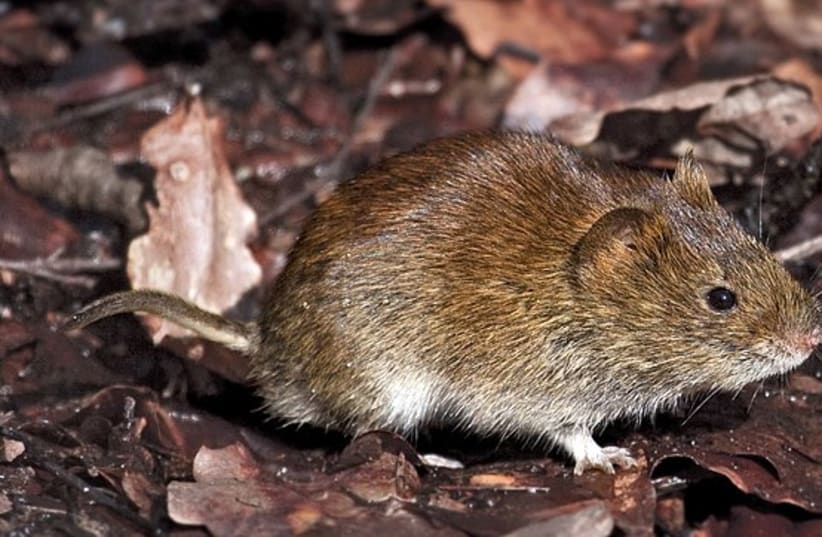Researchers at Uppsala University in Sweden have found a new type of coronavirus in bank voles.
The peer-reviewed study, published on the Multidisciplinary Digital Publishing Institute (MDPI) on Wednesday, examined approximately 260 bank voles in Örebro County, Sweden, and showed that the "Grimsö Virus" is prevalent in rodents in that area.
A bank vole (Myodes glareolus) is a type of rodent having reddish-brownish fur with some grey patches. Its tail is also roughly half the length of its body, which is approximately 4-6 centimeters long. Found in parks, hedgerows and gardens, they eat fruit, nuts and small insects, according to the Wildlife Trusts.
The bank voles used in the study had been caught between 2015 and 2017.
Humans and other animals
Researchers at the university's Zoonosis Science Center studied the interaction of viruses transferred from animals to humans. The "Grimsö Virus" is considered to be a seasonal type of COVID-19, and can be passed to humans from rodents and mice.
"We still do not know what potential threats the Grimsö Virus may pose to public health," said Prof. Åke Lundkvist, head of the Zoonosis Science Center. "However, based on our observations and previous coronaviruses identified among bank voles, there is good reason to continue monitoring the coronavirus among wild rodents."
"We still do not know what potential threats the Grimsö Virus may pose to public health."
Prof. Åke Lundkvist
With infectious diseases linked to rodents on the rise, the research surrounding host animals is key to tackling future outbreaks.

